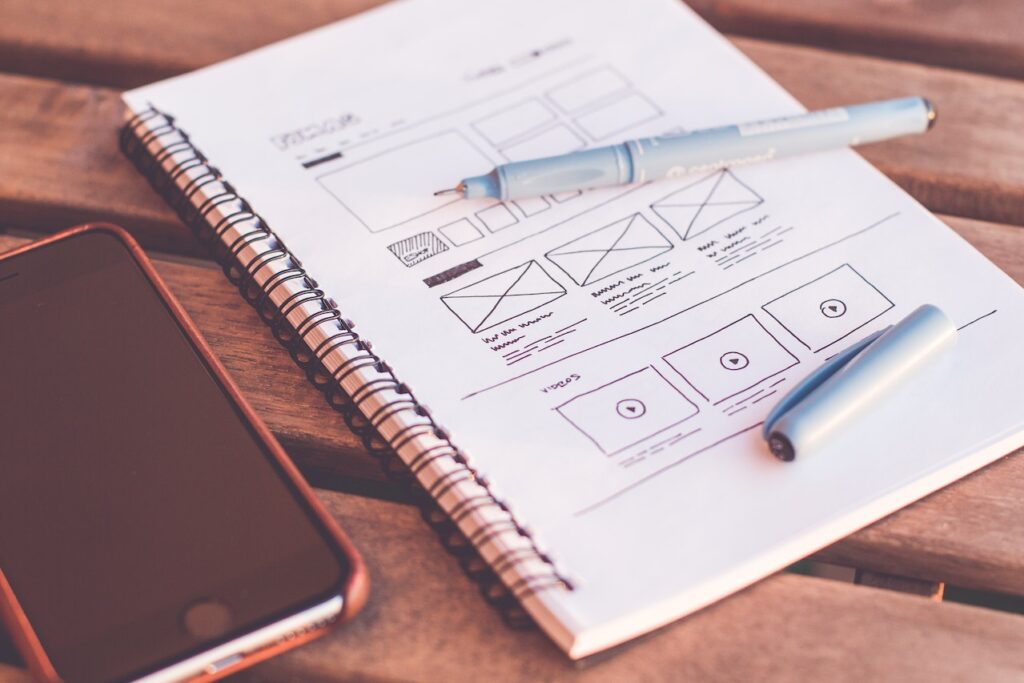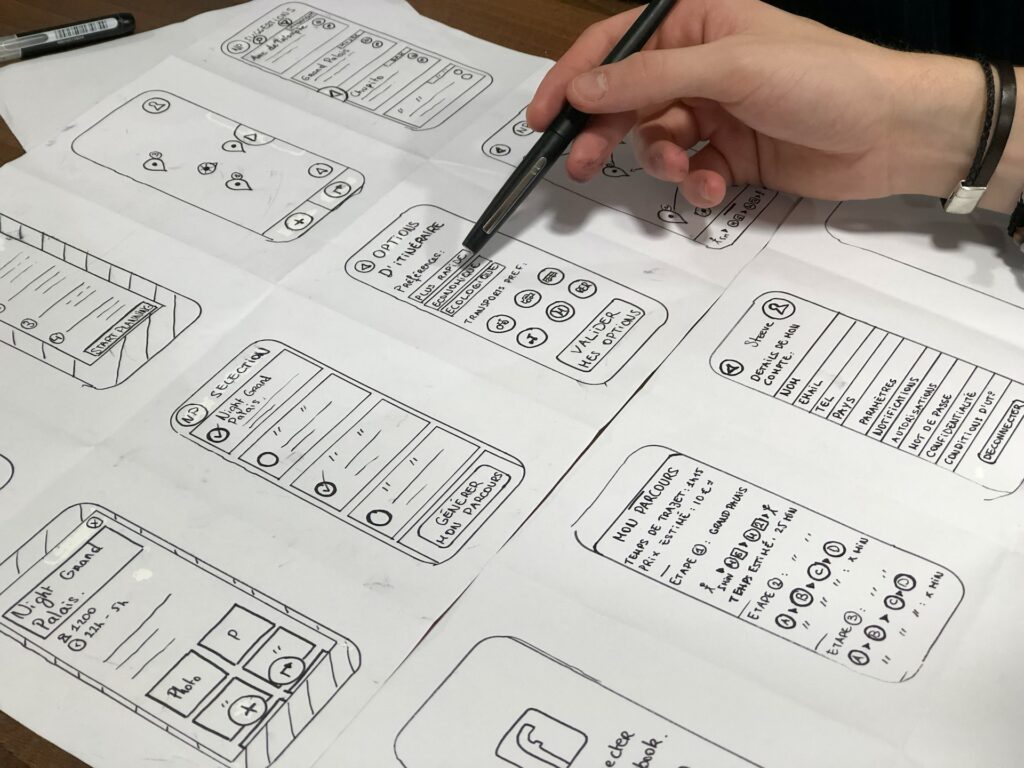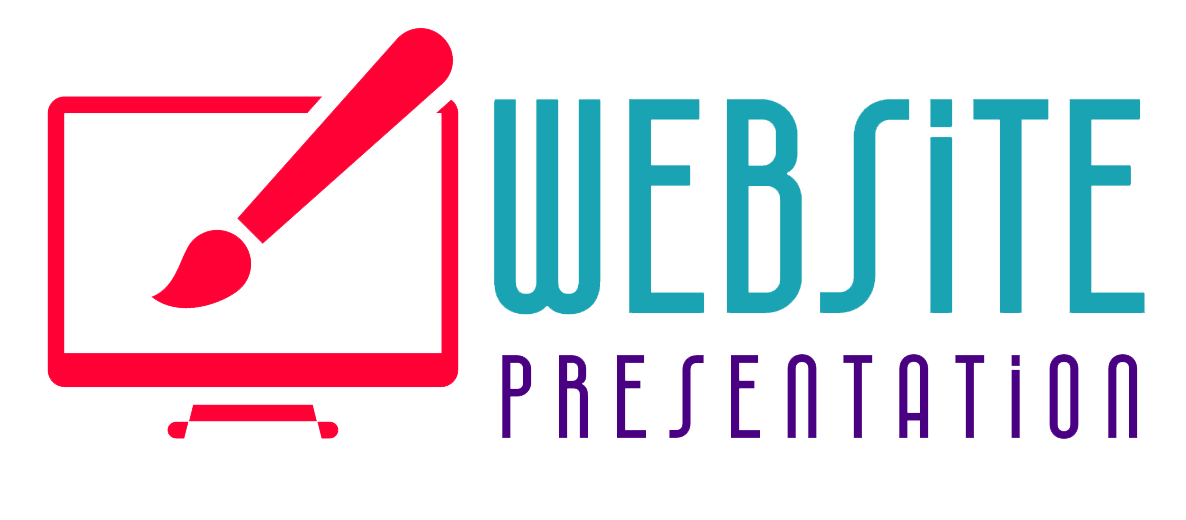When it comes to web design proposals, clearly defining the key deliverables is crucial for both the designer and the client. A well-crafted web design proposal not only outlines the scope of work but also clearly defines the key deliverables that clients can expect from the project. Deliverables are the tangible outcomes or products that the designer commits to completing during the web design process. By establishing these deliverables upfront, both parties can align their expectations and ensure a successful collaboration.
In this blog post, we will discuss the importance of identifying key deliverables in web design proposals and provide a comprehensive guide to help designers and clients determine what deliverables should be included.

Why are Key Deliverables Important?
- Clarity: Clearly defined deliverables leave no room for ambiguity or misunderstandings. They provide a clear roadmap for the project, ensuring that everyone is on the same page regarding the scope of work.
- Accountability: By specifying the deliverables in the proposal, both parties establish a clear set of expectations. This promotes accountability and ensures that the project progresses smoothly.
- Scope Control: Identifying the key deliverables helps prevent scope creep, which refers to the tendency of projects to expand beyond their original scope. With well-defined deliverables, it becomes easier to manage and control the project’s scope.
- Budgeting and Time Management: Clearly stated deliverables allow both the designer and the client to better estimate the time and resources required to complete the project, making budgeting and time management more efficient.
8 Deliverable to Consider in Web Design Proposals

1. Website Design Concept
The first and foremost deliverable that your clients will be interested in is the website design concept. This includes the overall look and feel, color scheme, typography, and layout of the website. Consider the organization and structure of the website’s content. Are there specific pages or sections that need to be created? Will there be a blog or a portfolio section? Next, think about the visual elements that need to be included in the design. Will there be a logo or branding elements that need to be incorporated? Are there specific color schemes or typography preferences?
Identifying the content structure and design elements will help define the deliverables related to the website’s aesthetics, layout, and navigation. Present this deliverable in the form of wireframes, mockups, or even interactive prototypes to give your clients a clear vision of how their website will look.

2. User Experience (UX) Design
A crucial aspect of web design is providing a seamless and user-friendly experience to visitors. Consider the overall user experience (UX) of the website. How will users navigate through the site? Will there be any interactive elements? Outline the deliverables related to UX design, such as navigation structure, user flow, call-to-action buttons, and responsive design. These deliverables will show your clients how you plan to enhance their website’s usability and ensure a positive user experience.
3. Content Creation and Management
Web design is not just about aesthetics; it also involves creating compelling and engaging content. This deliverable involves creating and organizing content, including text, images, videos, and other media elements, to effectively convey the client’s message to their target audience. Specify the deliverables related to content creation, including copywriting, image selection, and content management system (CMS) integration. Clearly articulate how you will ensure that the website content aligns with your client’s brand voice and effectively communicates their message.

4. Search Engine Optimization (SEO)
Having a visually appealing website is important, but it’s equally crucial to optimize it for search engines. Search Engine Optimization (SEO) is vital for driving organic traffic to a website. This involves optimizing the website’s structure, content, and metadata to improve its visibility in search engine results. Highlight the deliverables related to SEO, such as keyword research, on-page optimization, meta tags, and XML sitemaps.
5. Functionality and Features
Determine the functionality and features required for the website. Will there be a contact form or an e-commerce integration? Do you need a content management system (CMS) for easy website updates? Many websites require the integration of various third-party tools and services, such as e-commerce platforms, payment gateways, customer relationship management (CRM) systems, and social media plugins Identifying these functionalities and features will help define the deliverables related to the website’s functionality.

6. Responsive Design and Mobile Optimization
With the increasing use of mobile devices, responsive design has become a necessity for any modern website. State the deliverables related to making the website fully responsive and optimizing it for different screen sizes and devices. Assure your clients that their website will adapt seamlessly to mobile phones, tablets, and desktops, providing an optimal browsing experience for all users.
7. Testing and Quality Assurance
No website should go live without rigorous testing and quality assurance. Specify the deliverables related to testing the website for cross-browser compatibility, broken links, and performance optimization. Let your clients know that you will thoroughly check every aspect of the website to ensure it functions flawlessly and delivers a seamless experience to visitors.
8. Training and Support
Even after the website is live, clients may require assistance in managing and updating their content. Websites require regular updates, security patches, and maintenance to ensure their long-term success. It is important to provide the client with the necessary training and documentation to manage and maintain their website effectively. Clearly outline the deliverables related to training and support, such as providing documentation, video tutorials, or even ongoing maintenance services.
The Bottom Line
By identifying these key deliverables in your web design proposal, you set clear expectations with your clients and ensure a successful collaboration. Remember, the key to a successful web design proposal is effective communication and a clear understanding of the desired outcomes. Tailor your proposal to each client’s specific needs and goals to showcaseyour expertise and understanding of their industry. Good luck!







